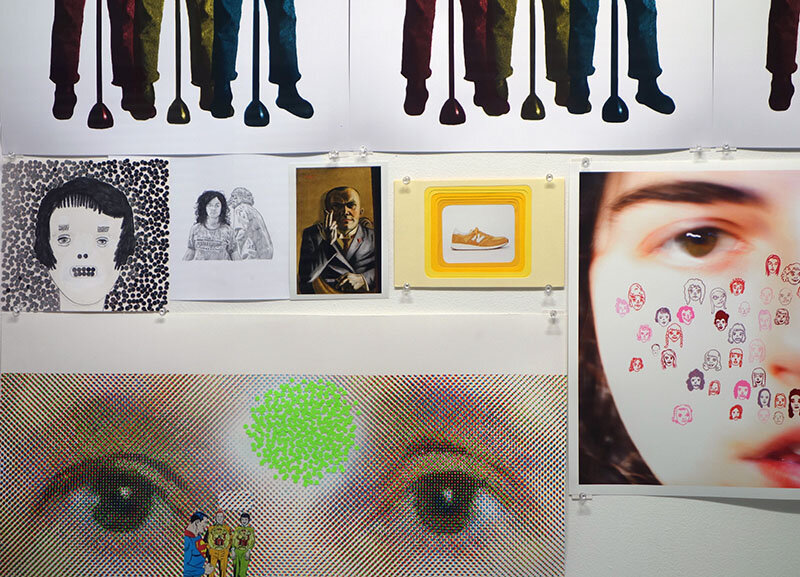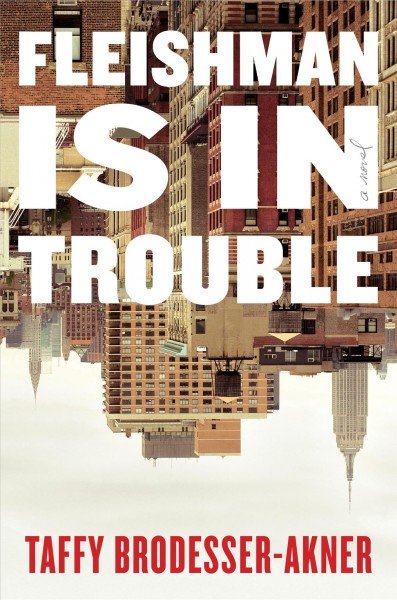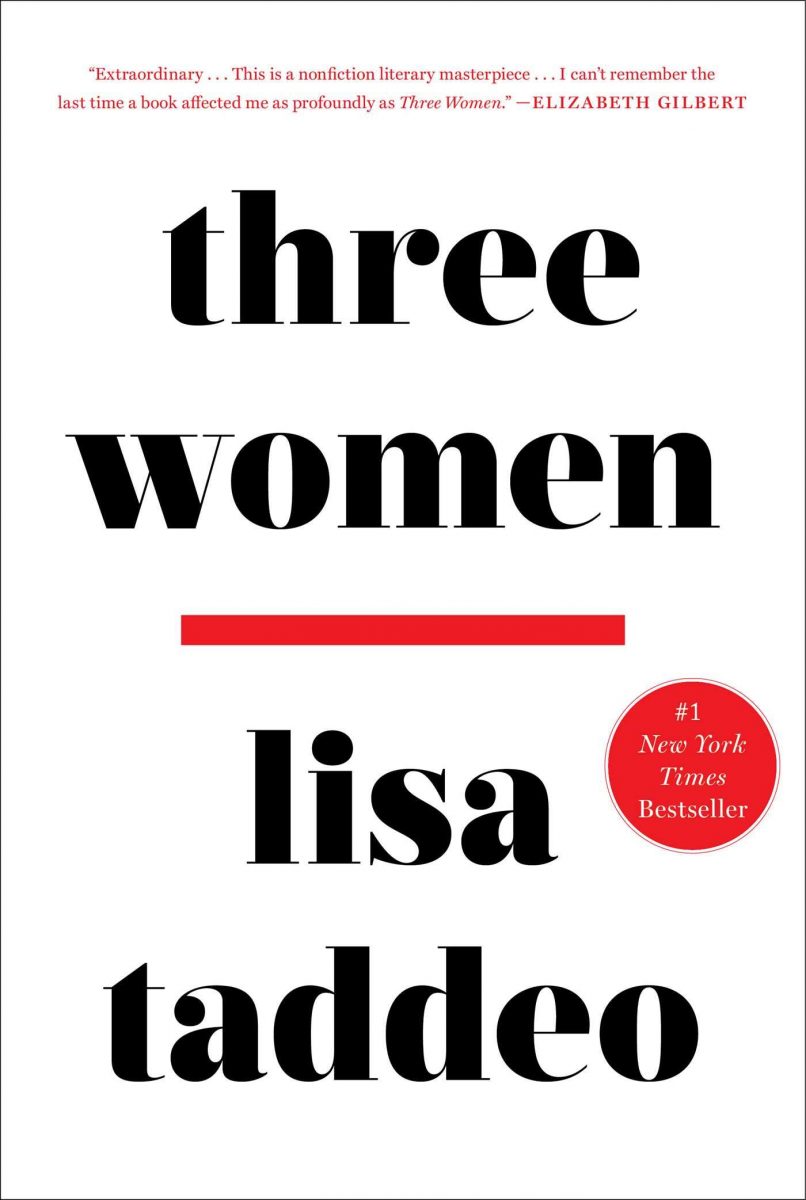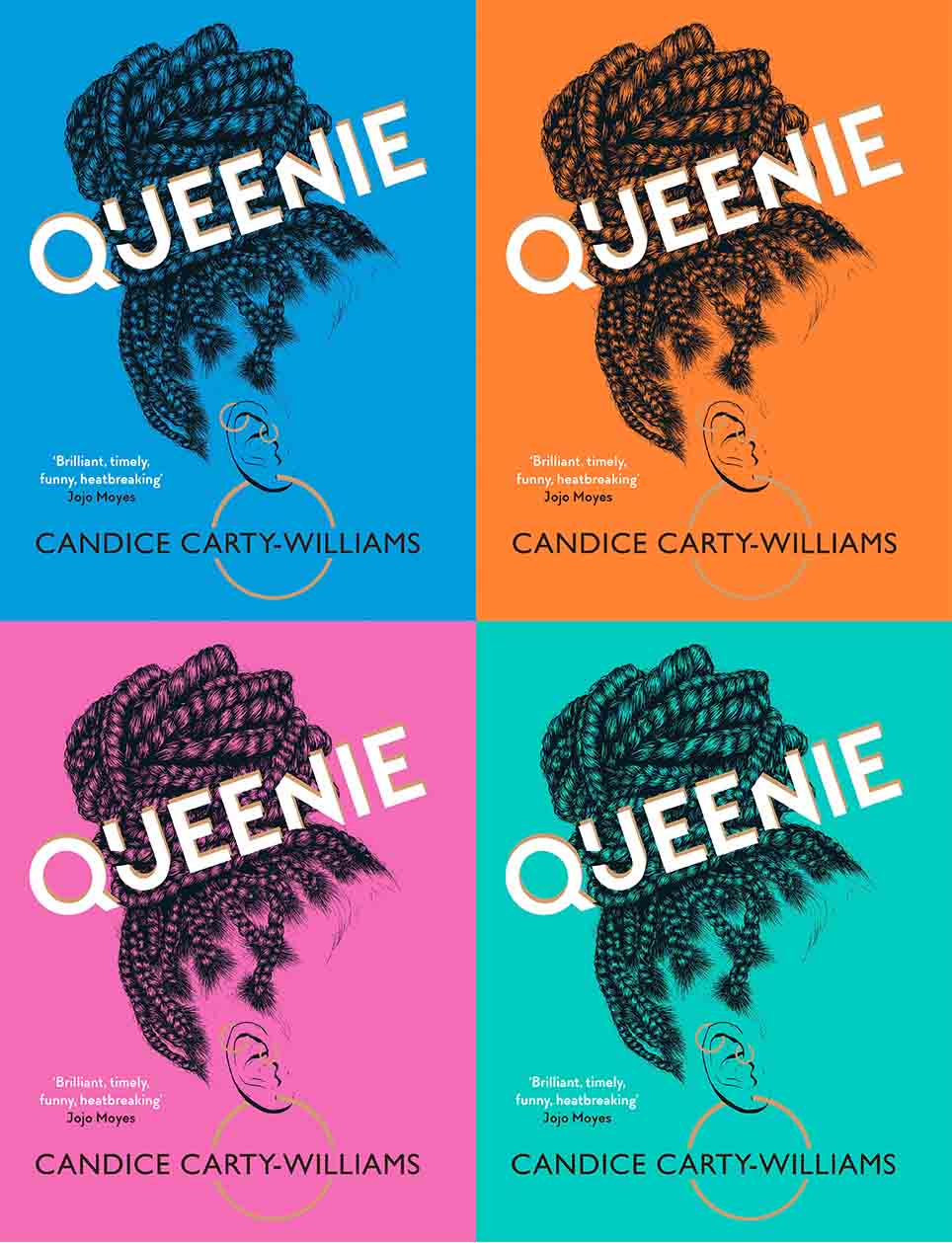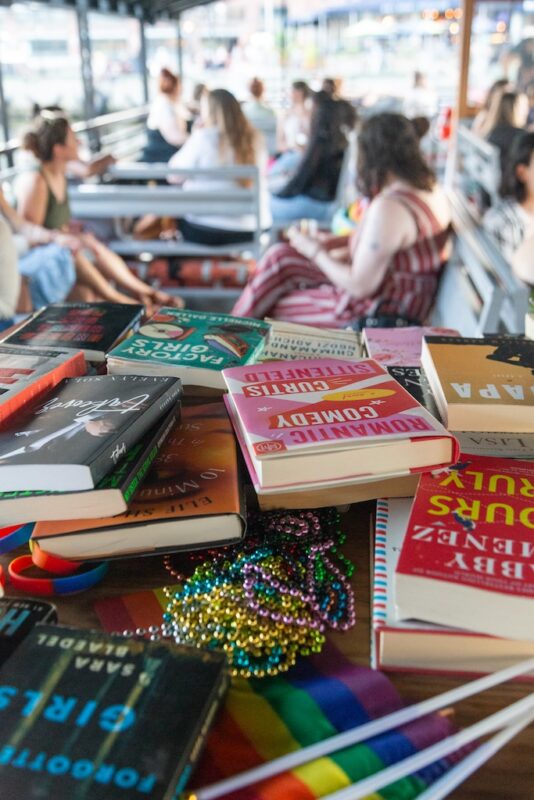For me, reading has always been more immersive than the movies, more sensual than food, and more emotionally raw than the deepest conversations. A book full of beautiful sentences and loveable characters has always had the ability to render me powerless. I don’t eat. I don’t sleep. I don’t talk. I just read. The real world is fuzzy while the book-world I’m living in is vibrant. I am the book and the book is me, and when I’m done it’s embedded chemically in my brain. Emerging back into the real world is a squinty and unwelcome hangover, coupled with guilt for stealing so much time away from real life obligations. Writing about these books is an attempt to retain that which I loved most about each and to bring lessons learned into my real life in a coherent way.
It wasn’t intentional, but I read three first books by journalists over the holidays. Fleishman Is in Trouble by Taffy Brodesser-Akner and Queenie by Candice Carty-Williams are novels, while Three Women by Lisa Taddeo is nonfiction, but reads like a novel with omniscient segues into character’s minds. As I settled into the third book, I was struck by the way each tackled intertwined issues of identity, sexuality, and desire from the perspective of women in relationships with men, positing sexual and professional relationships as power dynamics, where defiant women who had previously been playing “by the rules” made conscious decisions to break them.
While the collapse of societal norms is a safe plot device, in this case each book felt strangely prescient, for me personally, as a married, middle-aged professional in a male-dominated yet female-populated field and also as part of a larger movement of women. At the precipice of 2020, these books feel relevant, especially in a year when our cultural organizations desperately want to celebrate the 100th anniversary of women winning the right to vote while an accused rapist is president promoting anti-woman legislation across the country, within the larger context of a democracy that has never elected a woman president and shows little sign of doing so.
There are so many mixed messages for women in an era where we are legally guaranteed equal treatment, while societal norms typically produce a completely different result. These books were each emotionally resonant and heartbreaking, featuring female protagonists suffocating under the unrealistic expectations that partners, lovers, family, friends, and society reserve for women. In many cases, the reader exists inside the minds of women standing their ground and learning how to fight back, after a lifetime of victimhood, experiencing violent pushback, and the anger comes from being told we simply don’t count as much as men do.
All three books subtly presented modern society as vicious and misogynistic multi-layered constructions where women are punished for stepping even a little bit outside of prescribed boundaries created to keep men comfortable. But, rather than being depressing, this admission was refreshing and even hopeful, like ripping off a Band-Aid and allowing a festering wound some much-needed air.

